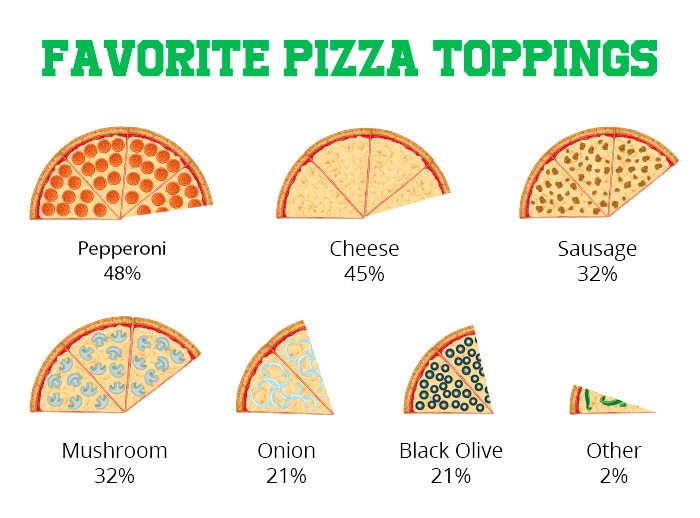
By Angela Copeland
LinkedIn released its report on 2018 Global Recruiting Trends. They surveyed 9,000 recruiters and hiring managers from around the world on the state of hiring. Their research found that the biggest game changer in the hiring space is diversity.
LinkedIn broke down diversity into multiple pieces: diversity, inclusion, and belonging. “Diversity is being invited to the party, inclusion is being asked to dance, and belonging is dancing like no one is watching.” Belonging is a level of psychological safety that someone feels when they’re truly able to perform at their best. LinkedIn found that 51 percent of companies are ‘very’ or ‘extremely’ focused on diversity, 52 percent are focused on inclusion, and 57 percent are focused on belonging.
Interestingly, companies are focused on different aspects of diversity. Employers are the most focused on gender diversity, followed by racial and ethnic diversity. Then, they are focused on diversity based on age, education, disability, and religion.
Beyond attracting diverse talent, companies are beginning to look at how their culture embraces diversity. After all, what’s the point of attracting diverse talent if you can’t retain them? 67 percent of companies said they are working to foster an environment that respects different opinions. 51 percent want to encourage people to be themselves at work. 45 percent are embedding diversity in their company mission and values. And, 44 percent are emphasizing diversity in the leadership team.
One company that’s doing especially well is a Silicon Valley startup called Lever. Of their 150 employees, 50 percent are women. 53 percent of its managers are women, 43 percent of its engineers, and 40 percent of its board of directors.
To achieve this level of gender diversity, Lever employs unusual hiring tactics. First, they have removed the requirements section on the job description. Studies show that women are much less likely to apply for a job if they don’t meet all of the requirements. Lever avoids hiring decisions based on “culture fit,” a technique that often results in more sameness on a team. They have also developed a compensation philosophy that benchmarks the value of each role. It doesn’t rely on a candidate’s past salary to predict their future earnings.
An increased focus on diversity can be seen around the globe, with an average of 78 percent of companies focusing on diversity. In the United States, 78 percent of companies are focusing on diversity, compared with 77 percent in Brazil, 82 percent in the U.K., 73 percent in France, and 85 percent in Australia.
It’s clear that diversity in hiring is here to stay. Companies identified three top reasons to focus on diversity. 78 percent want to improve their corporate culture. 62 percent want to improve company performance. And, 49 percent want to better represent their customers. Companies are beginning to think beyond checking a box. They’re focused now on indicators that impact financial performance, showing that diversity adds value on multiple levels.
Angela Copeland, a career coach and founder of Copeland Coaching, can be reached at copelandcoaching.com.






